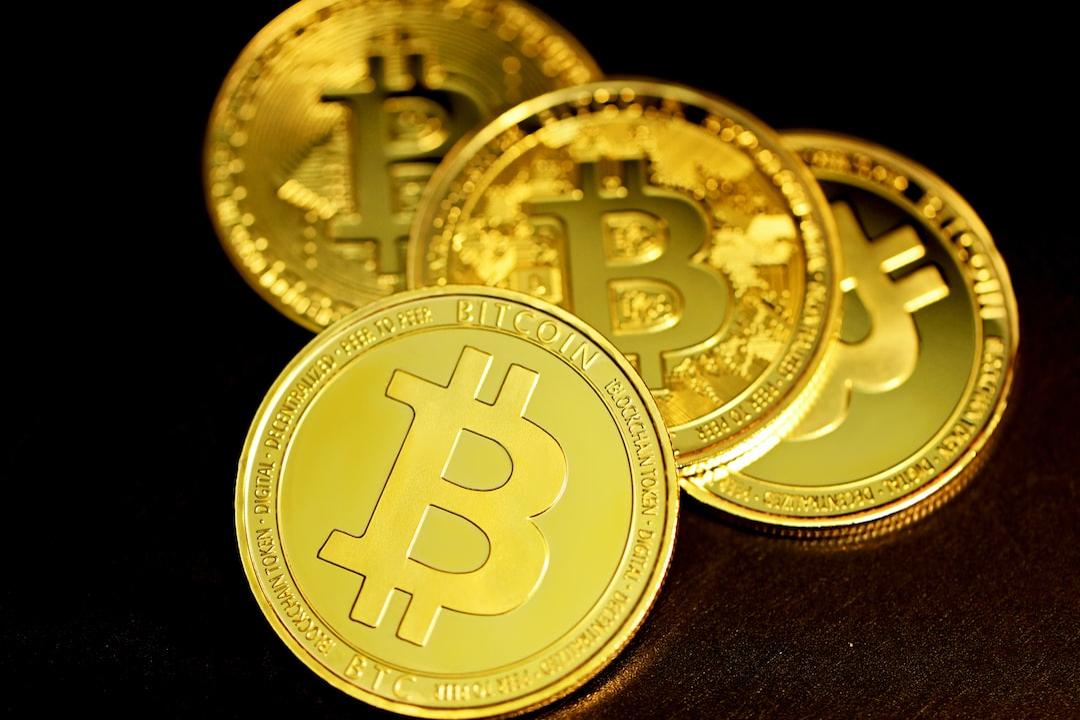On April 13, the price of Mantra’s OM token dropped from approximately $6.30 to below $0.50 in less than an hour. The collapse wiped out over 90% of the token’s $6 billion market capitalization. The incident took place during low-liquidity trading hours and triggered a cascade of forced liquidations.
Mantra Faces Rug Pull Allegations Over OM token Crash
Some traders labeled the event as a potential rug pull — a scheme where developers drain value from a project and disappear. Despite reassurances from the Mantra team, critics pointed to red flags: Mantra controls nearly 90% of the OM token supply, had previously altered its tokenomics, and postponed community airdrops.

Meanwhile, blockchain analytics platform Lookonchain revealed that at least 17 wallets deposited 43.6 million OM tokens into exchanges between April 7 and 13. This represented 4.5% of OM’s circulating supply and occurred just days before the crash. Moving large amounts of tokens to exchanges typically signals intent to sell. Since this happened right before the collapse, it raises suspicion that some holders might have known what was coming. Mantra co-founder John Patrick Mullin addressed the crash publicly, blaming “reckless forced closures” of leveraged positions by a centralized exchange. He did not name the platform.

“The timing and depth of the crash suggest that a very sudden closure of account positions was initiated without sufficient warning,” Mullin posted on X. He added that the team’s tokens were still in their custody and had not been used as loan collateral, pushing back against “rug pull” rumors.
Are Altcoins Really Safe for Retail Investors?
Mantra’s collapse is not an isolated case. It follows a string of major token failures in 2025, including the Libra memecoin crash and the $1.4 billion Bybit hack. Earlier this year, former U.S. President Donald Trump launched the $TRUMP token, which he called his only official token. The token’s price quickly went up, and its market value reached $14.5 billion. But within days, the price crashed by nearly 70%. Reports showed that whales sold their tokens at the top, leaving many small investors with losses. Soon after, Melania Trump introduced the $MELANIA token. It gained 24,000% in value within hours. But again, the price dropped by 80% just as fast. Blockchain experts found that most of the token supply was controlled by one wallet. The Mantra OM crash has once again raised concerns about the safety of investing in altcoins, especially those where a single entity or team controls most of the token supply. Sudden moves by insiders, combined with private deals and poor communication, can result in devastating market consequences. So, Are Altcoins Safe? The answer depends on the project, but these examples show that many altcoins are not transparent, decentralized, or fairly launched. Without strict regulations, token creators and early investors can often exploit market dynamics for profit, with little accountability. Even legitimate-sounding projects with government or celebrity backing can turn into traps for retail investors. Blockchain data may reveal wallet activity, but it’s often too late by then.

